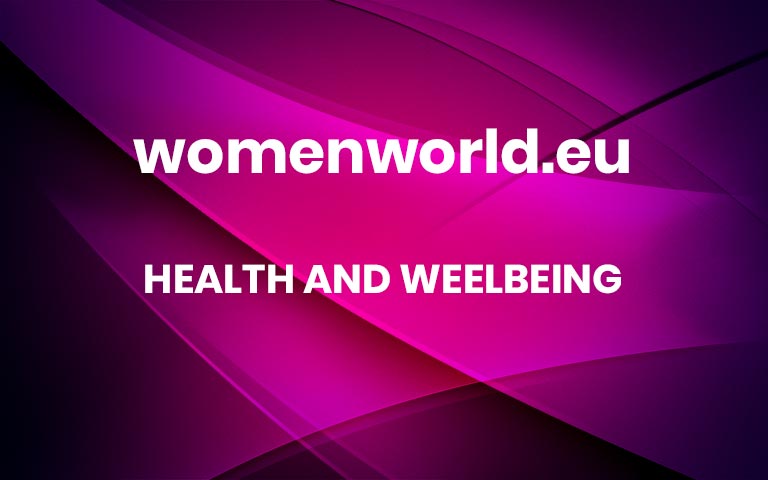5 Really Good Wellness Hacks From the World’s Healthiest Country
The Bloomberg Global Health Index released its 2023 list of the healthiest countries in the world. The country that claimed the #1 spot (and has for many years now)? Spain. FYI, the index looks at metrics such as health risks (tobacco use, high blood pressure, obesity), availability of clean water, average life expectancy, malnutrition, and causes of death to determine its rankings. Because of these factors, more developed countries with access to healthcare and clean water are higher ranked. Yet I still couldn’t help but wonder what else contributes to Spain’s top ranking. As it turns out, there are a lot of reasons why Spain is such a healthy country—from their diet to exercise and mental well-being. Read on for the best wellness tips Spain and its people have to offer.
1. Eat lots of healthy fats and smaller dishes
It’s no surprise that diet is a contributing factor to a country’s overall health, and the Spanish diet is made up of many healthy fats and legumes, fruits and vegetables, and less red meat and processed foods. One of their most popular dishes, Paella, is high in omega-3 and protein from the combo of seafood. But aside from Paella, their Mediterranean diet is filled with olive oils, nuts, and fish that are high in healthy fat.
Spanish cuisine is also made up of tapas (AKA small snacks or small-portioned dishes), which allows for a diverse collection of food that you can graze on and savor. If you’re looking to incorporate some Spanish influence into your diet, try subbing red meat for more seafood and opting for snacks such as fruit, vegetables, nuts, and crackers with hummus instead of packaged foods as a starting point.
2. Walk everywhere
Spain’s number one mode of transportation is walking—there’s no denying its beautiful climate helps. Walking not only keeps your muscles strong, but also boosts your vitamin D intake, which is beneficial for cognitive health, cancer prevention, and more. What’s more, traveling by foot also helps produce better air quality with lower emissions from vehicles. And while many cities in the United States aren’t designed for walking everywhere, getting outdoors more—whether going for a stroll around the block or sipping your coffee on your balcony—or in the winter months, walking on a treadmill, can drastically improve overall health.
3. Make time for social connections every day
One of my favorite parts about Spanish culture is that they prioritize social connections above all else. While most of us spend mealtimes in front of the TV or while on our phones or computers, the people of Spain see meals as a chance to connect with their friends and family. Instead of rushing through eating, they spend hours chatting with loved ones while savoring every bite. This helps to reduce overeating as well as boost happiness.
Many countries prioritize working and a successful career above all else, but Spain promotes a more balanced lifestyle, which explains why their mental health is ranked so high. With our busy schedules, eating hour-long meals with friends every day may not be realistic. So instead, make it a point to spend a couple of nights a week socializing over a meal with friends and put all electronics away during meals to ensure mindful eating.
4. Spend a lot of time outside
The Spanish terrain is filled with plenty of greenery and a seaside scape, both of which add to the health of the country. Its vast amount of forest helps keep the air clean and the sea breeze is an aid in reducing pollutants. If you’ve ever wondered why an oceanside city surrounded by nature smells so refreshing and clean, the luscious landscape is to thank.
When you live in a country with a beautiful setting, you’re naturally going to spend more time outdoors. Between walking everywhere, dining alfresco, working in cafes, and hanging out with friends in the park, the Spanish lifestyle is one designed to be enjoyed outdoors. Taking in fresh air is not only beneficial for your physical health, but also your mental health by reducing stress levels, lowering cortisol, and decreasing muscle tension. Even if you don’t live in an oceanside country like Spain, making it a priority to step outside even once a day can go a long way.
5. Seriously lower stress levels
The Spanish people are the epitome of work-life balance and they believe that happiness comes from the little things—whether it be enjoying time with friends and family, cooking a meal with fresh ingredients, or even taking naps in the middle of the day. They don’t let their jobs define them, and instead, they find purpose and passion by focusing on the things they love. In other words, the Spanish lifestyle is relatively free of stress, something not easily attainable in the United States (it’s safe to say most bosses aren’t about to hop on a company-wide nap train).
Rather than simply daydreaming about a carefree life, implement one small act a day that will help you emulate the Spanish way of life and appreciate the seemingly mundane experiences in your life. Maybe it’s waking up a little earlier to implement a morning routine that brings you joy or working at a coffee shop once a week. The small acts add up and can make for a much calmer, happier week, month, and year.
I Ate Like the World’s Happiest Population for a Week, and I Actually Felt Happier More



